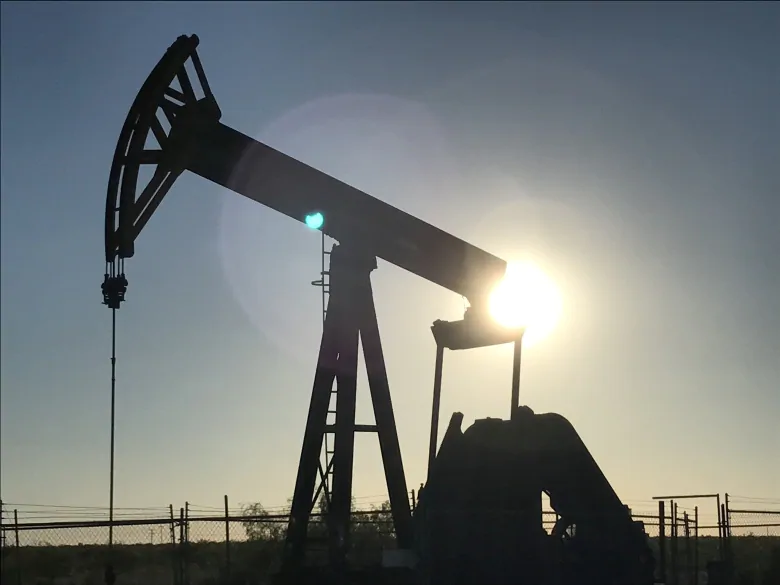The struggles of U.S. shale oil could have implications for the Canadian oil and gas sector, whether it’s on prices or discussions around energy security.

The rise of the U.S. shale oil sector shook up energy markets worldwide, but the economic wallop of the pandemic is now rattling that same industry to the core.
The situation has led to billions of dollars of losses and fears of a wave of bankruptcies, while some believe a recovery could be at least a year away or even more.
Shale’s struggles are making news around the globe and could have various implications for the Canadian oil and gas sector, whether it’s on prices or discussions on energy security.
“What we’re seeing right now is a very rapid response to the COVID-19-led demand shock and price collapse,” said analyst Kevin Birn with IHS Markit.
The most immediate effect has been on oil.
As lockdowns took place across North America, demand for fuel collapsed as did the price of crude oil, which briefly turned negative for the first time in April.
With prices plunging, Canadian companies curtailed production by at least 800,000 barrels per day. But cuts south of the border have been larger and have come on faster than some expected.

Rystad Energy expects American production to bottom out at 10.7 million barrels per day (bpd) in June, down 2.2 million bpd from March.
U.S. monthly output is not likely to exceed 11.7 million bpd before 2022, “a staggering difference from the nearly 12.9 million bpd achieved in March 2020,” Rystad said in a note last week.
The shut-in of so much production has helped bolster the benchmark price for a barrel of North American crude into the mid-$30s US. Historic cuts by members of the OPEC oil cartel and optimism surrounding the opening of economies are also key factors.
Though current prices — down roughly 40 per cent from the start of the year — are far from great, they should help improve company cash flows even if they don’t lead to a big ramp-up in production.
Oil inventories still high
But oil markets still face significant challenges, including the unpredictability of the pandemic.
Birn said he is hesitant to get too excited, despite signs that the lowest point of the oil price collapse may now be behind the industry.


